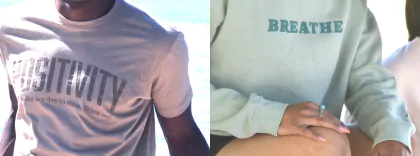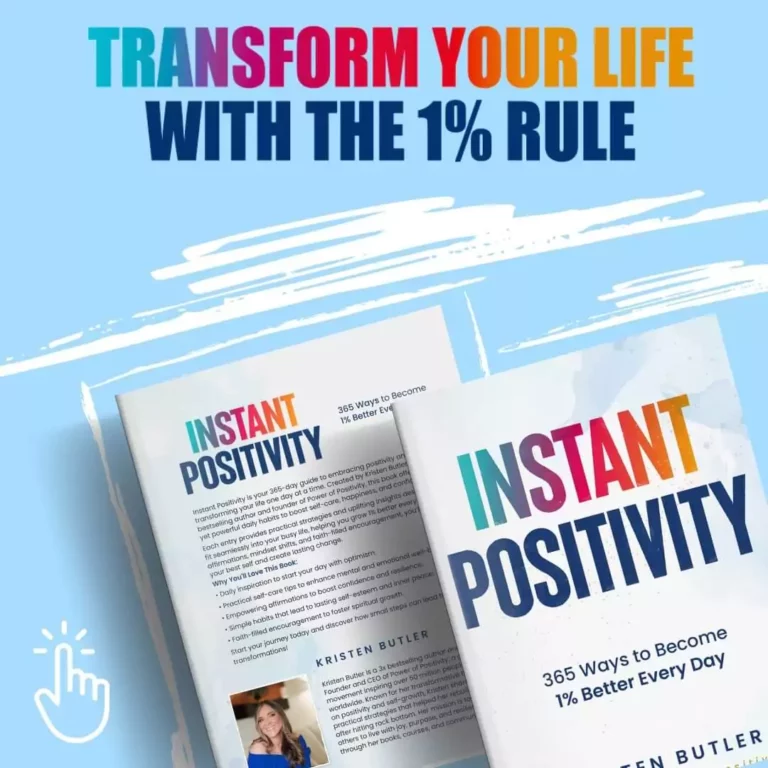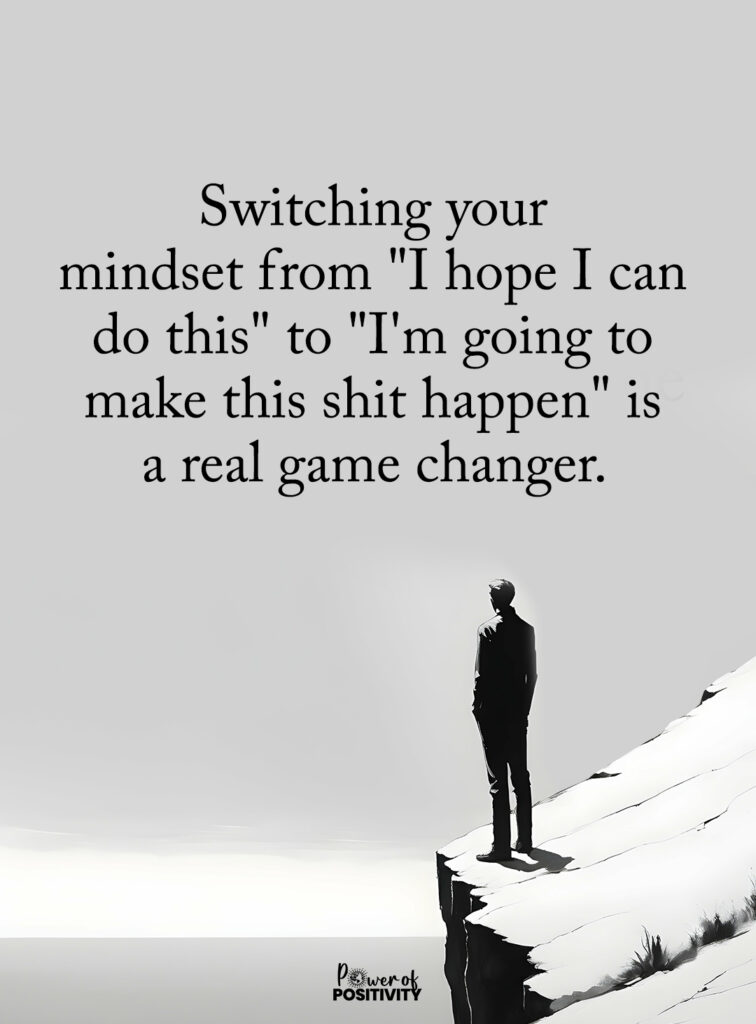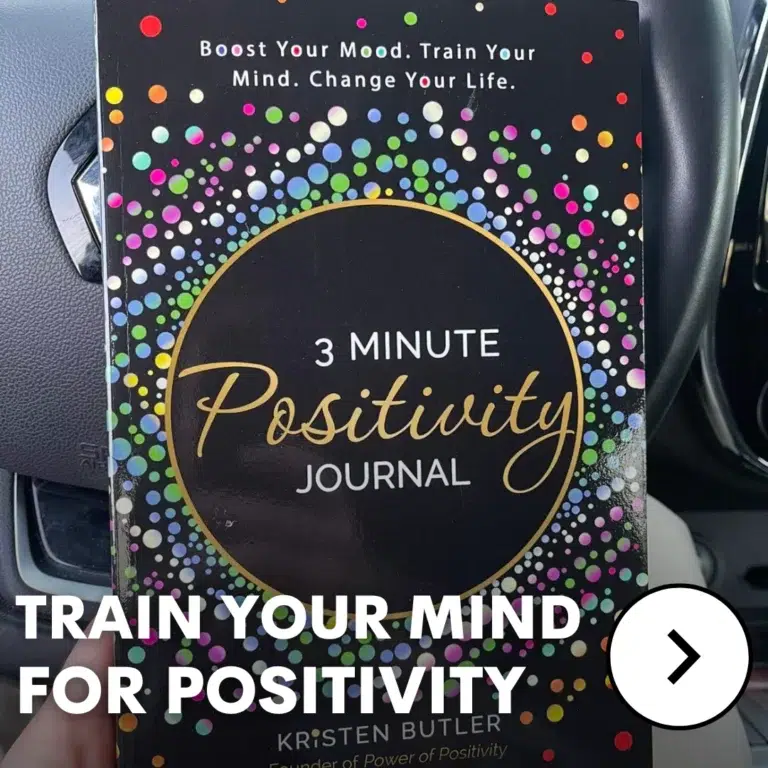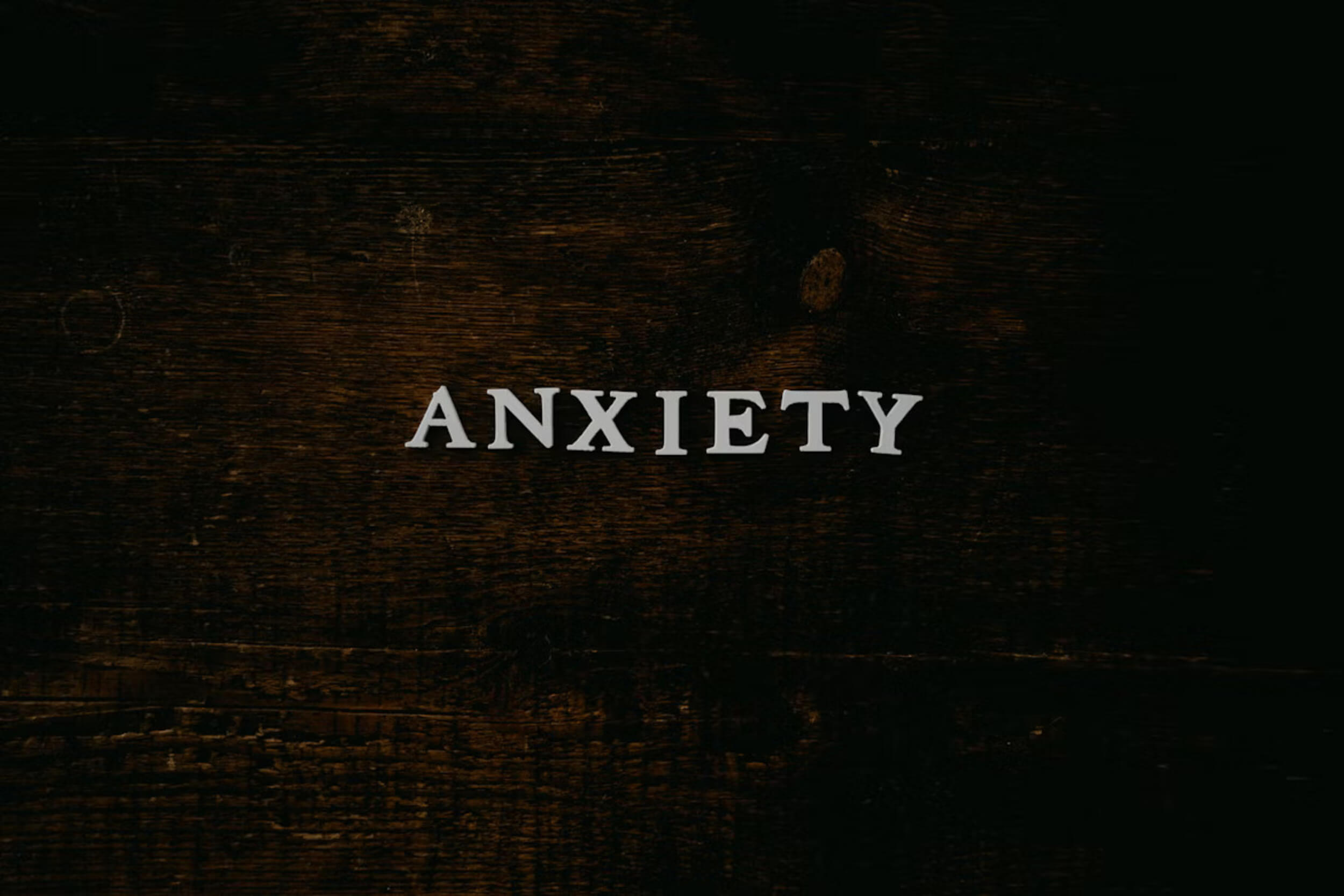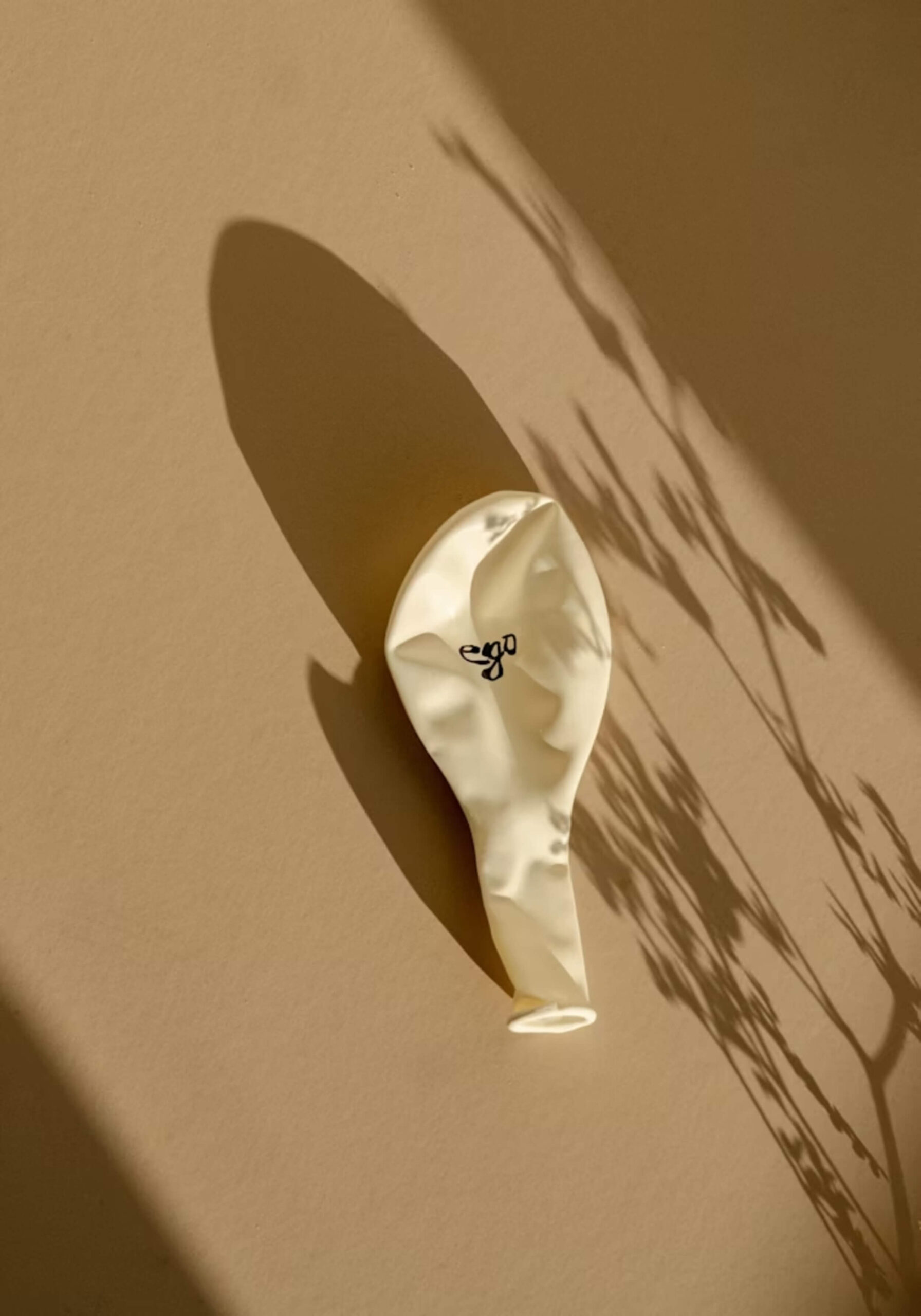When you wake up tired, go to bed tired, and still feel drained—it’s not just about sleep. Some people feel worn out even after resting, eating right, or taking a break. There’s a deeper kind of tired that doesn’t show up in blood tests but shows up in your mood, focus, and how heavy everything feels.
Energy healing practices can help reset that kind of exhaustion. These aren’t magic tricks or quick fixes. They’re simple, body-based habits that shift how you feel—often in ways you didn’t expect.
You don’t need to believe in anything weird. You just need to pay attention to how your body reacts. When nothing else seems to work, energy healing might be the missing piece to get you feeling like yourself again. Keep reading, and you might find something that helps your mind and body breathe a little easier.
1. Understand Energy Before You Try to Heal It
Not everything going on in your body can be seen or touched. Your nerves, heart, and brain all send signals using tiny electrical pulses—and when things aren’t flowing right, you feel it. That heavy feeling, the sudden drop in focus, or just feeling “off” without a clear reason? That’s often your energy talking.
Here’s what can block that flow:
- Long-term stress that keeps your body tense
- Past emotional pain that was never dealt with
- Too much sitting or not enough movement
- Overthinking to the point of burnout
These energy blocks build up slowly, so they’re easy to ignore at first. But over time, they take a toll. This is where energy healing practices come in—they work on the body’s natural energy system, helping to clear out what’s stuck. When you start looking at fatigue this way, things begin to make more sense. You’re not just tired—you might be energetically overloaded.
2. Grounding Yourself: The Simplest Reset You Can Do
Stress pulls you out of balance. Grounding brings you back. It’s a basic tool used in many energy healing practices, and no, you don’t need anything fancy to do it.
Grounding helps:
- Calm your nervous system
- Settle anxious thoughts
- Bring your focus back to the present moment
Try these easy ways to ground yourself:
- Walk barefoot on grass, dirt, or sand
- Hold a warm cup of tea or touch something natural like a rock or plant
- Rinse your hands under cool water
- Sit still with both feet flat on the floor and breathe slowly
- Use a grounding mat or weighted blanket if you’re indoors
Even just five minutes of grounding can help reset your system. Some people feel lighter, more clear-headed, or less reactive after. It doesn’t solve everything, but it gives your mind and body a small break—and that adds up.
3. Breathwork: Control Your Breath, Shift Your Energy
One of the easiest ways to shift your energy is something you’re already doing: breathing. But how you breathe matters. Fast, shallow breaths can make your body feel anxious, while slow, deep breaths tell your system it’s safe to relax.
These three breathing habits are used in many energy healing practices:
- Box Breathing
Breathe in for 4 counts, hold for 4, out for 4, hold for 4. Repeat. Great for calming nerves. - Alternate Nostril Breathing
Close one nostril, inhale through the other, switch, and exhale. Balances both sides of the brain and body. - Extended Exhale
Inhale for 4 seconds, exhale slowly for 6 to 8. This helps your body fully relax.
Each method helps clear mental fog and slow down racing thoughts. If you’re stuck in your head or feeling overwhelmed, breathwork gives you something simple to return to—anytime, anywhere.
4. Reiki and Hands-On Energy Work: Gentle, Non-Invasive Support
Reiki is one of the most well-known energy healing practices. A trained person gently places their hands near or lightly on your body, without pressing or rubbing. The goal isn’t to fix you, but to support your body in doing what it already knows how to do—reset, relax, and release tension.
What people often say after Reiki:
- “I feel lighter.”
- “It’s like something finally let go.”
- “I didn’t expect it, but I feel calm now.”
It’s used to help with:
- Chronic pain
- Emotional burnout
- Stress after medical treatments or tough life events
Even if you don’t “believe” in energy work, the deep rest that comes with a Reiki session can still help. No talking, no effort—just quiet space to feel safe, calm, and recharged.
5. Tapping (EFT): A Finger-Based Way to Reset Your System
Tapping, or Emotional Freedom Technique (EFT), uses your fingers to gently tap on certain spots on your body—like your forehead, chin, or collarbone—while you talk through what’s bothering you. It may sound strange at first, but it’s been shown to help calm the body’s stress response.
When people use tapping, they usually notice:
- Less tension or overwhelm
- Clearer thoughts
- More control over emotions
Use it when:
- You’re about to have a tough conversation
- Anxiety or sadness won’t go away
- Your brain feels stuck on repeat
Many energy healing practices include tapping because it works on both the body and the mind. You don’t need any tools—just your hands and a bit of honesty with yourself.
Here’s the next section, humanized, simplified, and written in the same clear, engaging tone as before. The keyword energy healing practices is included once across this set (we’ve now used it 3 times total):
6. Sound Healing: Let Frequency Do the Work
Ever notice how one song can lift your mood while another makes you cry? That’s not just emotion—it’s your body reacting to sound. Sound waves can actually shift your brain activity, slow your heart rate, and help calm stress.
This makes sound one of the easiest ways to reset your system.
Things people use in sound healing:
- Singing bowls that produce gentle, steady tones
- Tuning forks placed near the body for vibration
- Binaural beats played through headphones for focus or rest
- Group sound baths where you lie down and let the sound wash over you
Some use sound healing on its own. Others mix it into energy healing practices like meditation or Reiki. Either way, it gives your brain a break and your body a new rhythm to follow. If silence makes your mind too loud, sound might be the tool that helps you settle down.
7. Movement That Moves Energy: Qi Gong, Tai Chi, and Flow
Not all movement wears you out—some helps you feel more at home in your body. Slow, flowing movements like Qi Gong and Tai Chi aren’t about burning calories. They’re about helping your energy move again.
When energy gets stuck, you might feel tight, anxious, or foggy. Gentle movement helps clear that.
Here’s what to try:
- Qi Gong: Uses slow posture shifts and steady breathing. Good for loosening the body and calming the mind.
- Tai Chi: A little like dancing in slow motion. Great for balance, focus, and reducing stress.
These aren’t fast or sweaty workouts. You don’t need a gym, special gear, or lots of space. Just a few quiet minutes and a little room to move. Many people who avoid exercise find these movements feel more like therapy than fitness.
8. Visualization and Guided Energy Cleansing
Your mind doesn’t always know what’s real and what’s imagined—and that can work in your favor. Visualization is a simple way to clear out stuck thoughts, tension, or emotional weight. It’s used by athletes, therapists, and in many energy healing practices.
Here’s one easy method to try:
- Close your eyes and sit or lie comfortably
- Picture a soft light above your head
- Slowly imagine that light moving down through your body
- As it passes, picture it clearing out anything heavy or stuck
- At the end, picture the light surrounding you like a shield
This isn’t about getting it perfect—it’s about giving your mind and body a chance to let go. Even if the images are fuzzy, the intention alone can help your system relax and reset. Some people feel lighter or clearer right after.
9. Crystal Healing: Optional but Meaningful for Many
Some people feel better holding a small crystal. Others feel nothing—and that’s okay. Crystals are often used as tools in energy work because they’re believed to carry natural vibrations that match certain moods or needs.
Common ways to use crystals:
- Keep one in your pocket for support throughout the day
- Place one by your bed to feel calmer while sleeping
- Hold it while thinking through a tough situation
What matters most isn’t the stone—it’s the feeling and focus it brings. If a crystal reminds you to breathe, rest, or care for yourself, then it’s already doing something useful.
10. Journaling with Intention: Moving Energy Through Expression
When your thoughts feel tangled, writing can help sort them out. Journaling gives your emotions a place to go—out of your head and onto the page. It’s one of the easiest ways to process energy shifts, especially after a session or stressful day.
Try these prompts:
- “What’s been taking up space in my head lately?”
- “Where in my body do I feel tight or heavy?”
- “What do I need right now but haven’t given myself?”
Don’t worry about grammar or spelling. Just write for five minutes without stopping. Many people find that when they stop holding things in, they feel more relaxed, clear, and ready to move forward.
Conclusion: Energy Healing Isn’t Woo—It’s Wisdom
Feeling tired all the time isn’t always just about sleep or work—it’s often about how energy moves through your life. These simple habits aren’t strange or out there. They’re just small ways to care for your whole self—body, mind, and what connects them.
Energy healing practices work because they slow you down, help you feel again, and give you space to reset. Whether you try one or a few, the point isn’t perfection. It’s about paying attention to how you feel—and making choices that help you come back to balance. That’s not woo. That’s smart.
